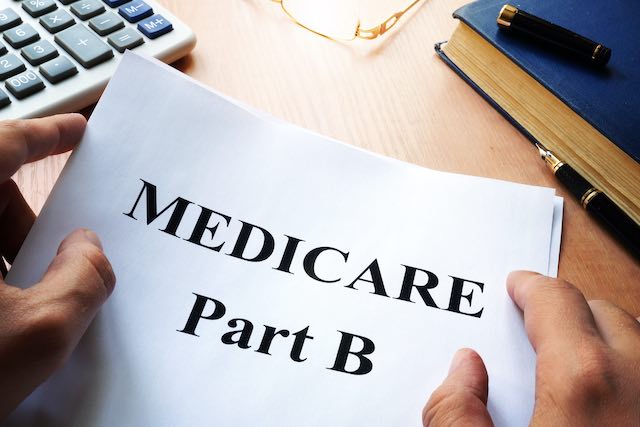Medicare isn’t free. If your age is 65 (or older), you’re likely to respond, “Tell me something I don’t know.” If you are a ways from retiring (and from age 65), your response might be different. It might be along the lines of, “What do you mean it isn’t free?”
You will need to account for the costs of health care in your post-retirement budget just like you do in your pre-retirement budget. Numerous articles have been written on the choices retired federal employees face regarding Medicare and health insurance when they reach age 65. Those who stay at their federal job past age 65 have to make the same choices, they just don’t have to make them until the time they retire.
Most retirees will have to take Medicare Part A which has no monthly premium. When it comes to Part B (the part that has a monthly premium) there are three main choices. To oversimplify, here are they are:
- Keep your FEHB and sign up for Medicare Part B;
- Keep your FEHB and don’t sign up for Medicare Part B; or
- Drop your FEHB and sign up for Medicare Part B.
There are other choices such as Medicare Advantage and Medicare Part D (drugs), but not as many retirees go that way. There are also special rules for retired military who are getting their health insurance through TRICARE, and these choices go beyond the scope of this article.
Every choice you make, every premium you pay, every deductible you see, they’ll be charging you. Apologies to The Police and Sting for the previous line.
Here’s what those choices look like from a financial perspective:
- If you keep your FEHB and sign up for Medicare Part B, you’ll pay more each month between your FEHB premium and your Medicare premium than you did before. But, in most cases you’ll have no out of pocket costs. In mid-March, I had open heart surgery with one-week in the ICU and one week in an in-patient rehabilitation hospital. I’m currently going to cardiac rehab three days a week. I have both FEHB and Medicare and thus far only $66 has been uncovered. Admittedly, much of the cost covered by Medicare was through the premium free Part A (though it’s really not “free” because I’ve been paying payroll taxes to fund Part A for as long as I have been working).
- If you keep your FEHB and don’t sign up for Medicare Part B, you’ll pay less each month (i.e., the same amount you do now). The 2021 Medicare premium would be an additional $148.50 per person (higher premiums apply for higher incomes). Medicare is an individual program, so your spouse pays the same premium. If this is the choice you make, FEHB will continue to pay the same way it does now. I would have been paying FEHB deductibles and co-pays (up to their caps) if this were the insurance cost I had made.
- If you drop FEHB and sign up for Medicare Part B, you’ll be paying the Medicare deductibles and co-pays. This choice is the least common of the three we have looked at.
The Cost of Healthcare in Retirement
So, how much will you pay for medical between age 65 and your death?
A recent Fidelity study says that a 65 year old couple who lives to their mid-80s will spend about $300,000 in premiums, deductibles, co-pays and uncovered services. In 2020, the amount was $295,000 while in 2019 it was $285,000.
But you don’t need to panic.
- Fidelity assumes that the couple will live to their mid/late 80s and will elect traditional Medicare as well as a Medicare drug plan (Part D). As retired feds, with the ability to keep our FEHB, our costs are likely to be similar while our coverage will be better.
- $300,000 is a lot of money, but spread out over a 20 year period it comes out to $15,000 per couple ($7,500 per individual). Compare this with what you spend for healthcare before age 65 and I bet you’ll find that it’s not too much more than you pay now.
If we’re aware that Medicare isn’t free and that we will still be paying for healthcare in retirement, we will be able to plan our savings and investing so that healthcare costs will not derail our financial security in retirement.





